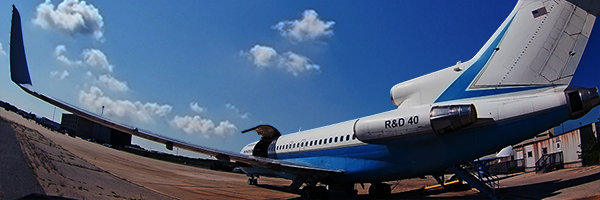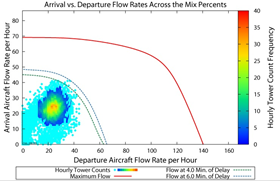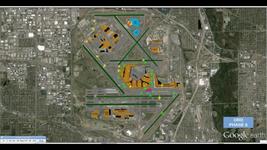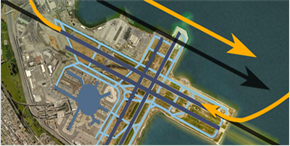
Aviation performance is largely dependent on capacity as improvements or degradations in operational performance is most often linked to an imbalance of demand and capacity. FAA Performance Analysis has developed an extensive modeling and analysis capability for establishing capacity values for facilities at different thresholds for delay and determining the changes in capacity that will occur due to runway construction or through new technology or new procedures.

Annual Service Volume (ASV) and Hourly Capacity
Participate as Core Team Members for the Future Airport Capacity Task (FACT, FACT2, FACT3). Performed fast-time simulation modeling of every major and medium domestic hub and conducted ASV studies for Core airports. The FACT 3 report was published in January 2015.

Airport Construction
Recent airport construction modeling projects include EWR,SFO, FLL, JFK, LAX and ORD. Detailed surface modeling and animation for delay mitigation during construction as well as performance improvements from new runways, taxiways and de-icing facilities. Analysis and animation of ASDE-X data.

Procedures and Airspace Redesign
Modeling of new procedures 7110.308 Wake Turbulence for SEA, EWR, SFO; Severe Weather Avoidance Program (SWAP) alternatives, Wake Re-categorization, Project Newark, GBAS, Go-Around Spacing Tool (ADW) for LAS & EWR; NYAPIO Operational Benefit Evaluations.

Investment Analysis
Collaborative efforts involving system wide modeling for ADS-C & CDP, DATACOM, Project Newark, GBAS, system impacts to capacity changes at JFK, EWR, LGA & TEB. Procedural airspace changes involving arrivals to ILS 13 at LGA.
Last updated:
